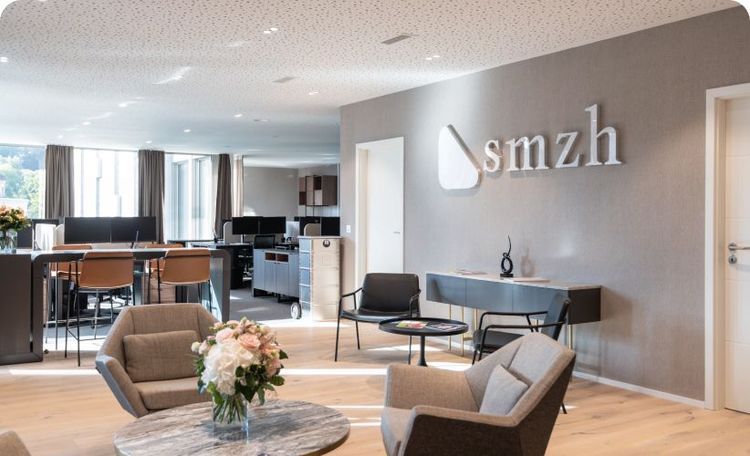Leasing is an attractive financing option for small and medium-sized enterprises (SMEs), enabling them to use capital goods such as machinery, vehicles, or IT infrastructure without having to tie up capital directly. The core concept is “leadership not ownership” or “pay as you earn” – in other words, the focus is on utilization rather than ownership.

Here the company sells existing fixed assets (e.g., real estate) to a leasing company and leases them back. The goal is to free up tied capital while continuing to use the asset. A prerequisite is that the asset qualifies for leasing (for example, there is a secondary market).
We analyze your detailed financing requirements and define the optimal framework conditions for your leasing asset.
Comprehensive comparison of various leasing providers to identify the best terms and fitting offers.
We support you in obtaining supplier quotations, balance sheets, and other required documents. The leasing company assesses the customer’s creditworthiness and evaluates the leased asset. The leasing contract defines ownership, contract duration, insurance obligations, as well as the location and condition of the asset. The lessee commits to using and maintaining the asset carefully and to disclosing their financial situation.
Our experts negotiate with leading providers:
The leasing rate is generally paid in advance and based on:
Professional support during the contract assessment and in correctly implementing all agreed conditions.

We look forward to advising you personally and answering any questions you may have regarding your leasing solutions. Contact us and learn how leasing can help your company grow effectively.

We handle questions such as those shown on the right on a daily basis. We look forward to supporting you.
Depending on the type of leasing, you can return the leased asset, extend the contract, or purchase it at residual value.
Virtually all capital goods such as machinery, vehicles, IT systems, or medical devices.
Yes, leasing rates are considered operating costs and can therefore be deducted from tax, easing your tax burden.
This depends on your financial situation and the specific requirements of the leasing asset. Our experts look forward to advising you to find the optimal solution for your business.